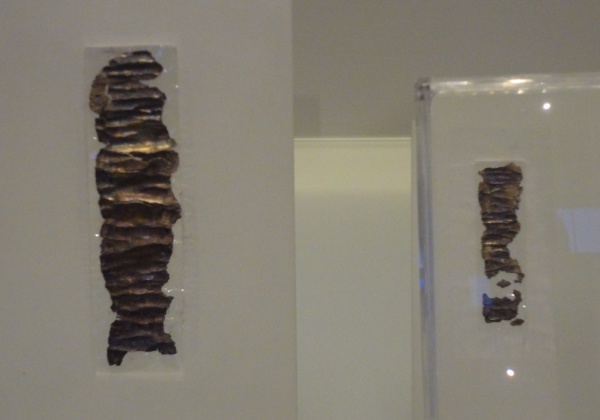Facts About Ketef Hinnom
Ketef Hinnom is a captivating archaeological site situated just southwest of Jerusalem's Old City, in proximity to the Menachem Begin Heritage Center. Located at the confluence of the Valley of Rephaim and the Valley of Hinnom, this historic location lies along the ancient route from Jerusalem to Bethlehem. The site is celebrated for its rock-hewn burial chambers, one of which produced a remarkable find in 1979: two small silver scrolls.
These scrolls, inscribed with portions of the Priestly Blessing from the Book of Numbers, are considered the oldest known texts from the Hebrew Bible, dating back to the late 7th to early 6th century BCE. The excavation, directed by archaeologist Gabriel Barkay, uncovered a complex array of burial chambers, each with stone benches and headrests for the deceased. These chambers also contained repositories for secondary burials, where bones were relocated to accommodate new interments.
A significant repository beneath Chamber 25 yielded various artifacts dating to around 650 BCE. Astonishingly, the site continued to be used even following the destruction of Jerusalem in 587/6 BCE. It was here that the two silver scrolls, designated KH1 and KH2, were found. Inscribed in Paleo-Hebrew script, these scrolls were initially dated to the late 7th/early 6th centuries BCE. Nevertheless, advanced reexamination techniques later confirmed that they predate the Babylonian destruction of Jerusalem in 586/7 BCE.
The scrolls are immensely significant for several reasons. They provide invaluable insights into the evolution of the Hebrew alphabet and ancient religious practices. For biblical scholars, these artifacts are indispensable, illuminating the beliefs and practices of their time. The Priestly Blessing inscribed on the scrolls offers a rare glimpse into ancient Hebrew religious expressions and early textual traditions.

 Syria
Syria